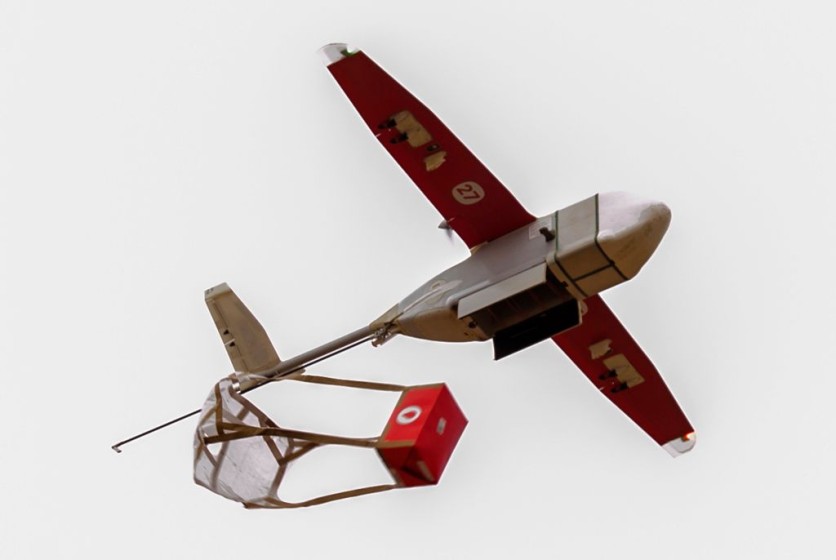Zipline's drone can fly at 70 mph, which prevents it from crashing any low-flying and faster aircraft. Additionally, these drones can deliver health supplies, parachutes, and commercial deliveries.
But what exactly is so special about this drone?

"Wild West Spirit"
Zipline, like every aircraft operator, wants to prevent any mid-flight collisions. The company's CTO, Keenan Wyrobek, said in a report by Popular Science that navigating the airspace, particularly in the United States, can be challenging.
He added that low-flying planes, such as those flying a Cessna or those flying a crop duster or a helicopter, may not have a transponder reporting their whereabouts.
Wyrobek explained that most of these planes do not require transponders, adding, "there's kind of a wild west spirit of aviation in this country."
As PopSci noted, a human piloting a tiny plane is responsible for looking ahead to prevent colliding with another aircraft, such as a hovering helicopter, but the drone must take action to avoid colliding with itself.
Wyrobek stated that it's the drone's responsibility to move out of the way when it sees a Cessna trailing behind them.
But how does a drone avoid collisions, especially from fast-flying planes without any guidance from humans?
The Answer
In Zipline's case, the answer to that problem is not to use radar, sensors, lidars, and other cameras which are routinely employed in the autonomous vehicle area. Instead, the drone company has opted to install microphones that can detect other aircraft and then direct the drone away from them.
The sensor array entrusted with identifying other aircraft is made up of eight microphones, each of which is mounted on a probe projecting from the leading edge of the 11-foot wing. The system must be able to tune out the drone's ambient noise-the air around it, and its propeller noises-and just listen for other flying vehicles.
According to Wyrobek, the drone uses a minimal amount of onboard CPU capacity to perform this trick, which consists of a combination of signal processing techniques such as beam forming and machine learning, and AI-based approaches to pinpoint where the aircraft is.
A tiny onboard GPU can assist with this endeavor, as these chips excel at AI-related activities. Wyrobek noted that the microphones don't produce a lot of data because the real information flow is so little. Hence, it's not a large compute load.
To construct the system, zipline used training data from 15,000 planned contacts between a drone and a human-piloted aircraft like an airplane or helicopter.
For the time being, Zipline is waiting for regulatory approval to allow the drone's software to make decisions about taking evasive action to avoid colliding with an aircraft, which might include actions like swerving out of the way and into a state of limbo until the coast is clear.
The microphones are currently mounted in some of the drones, even though the entire system has not yet been turned on.
This article is owned by Tech Times
Written by Joaquin Victor Tacla




